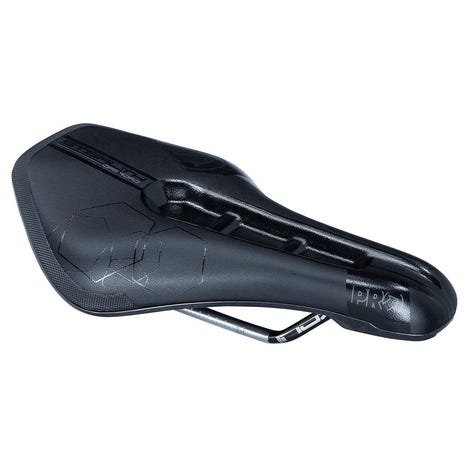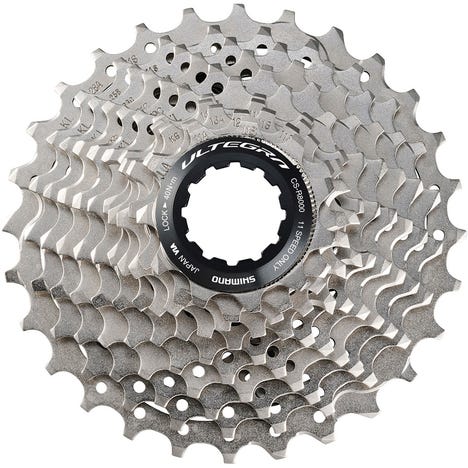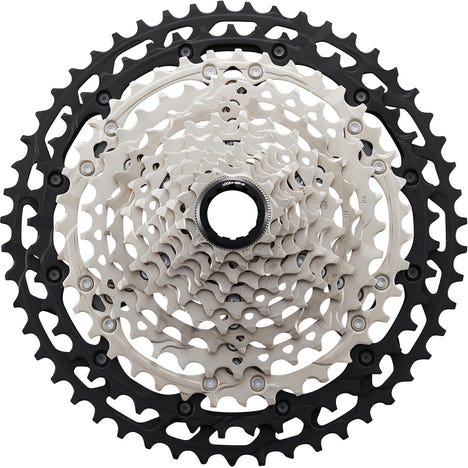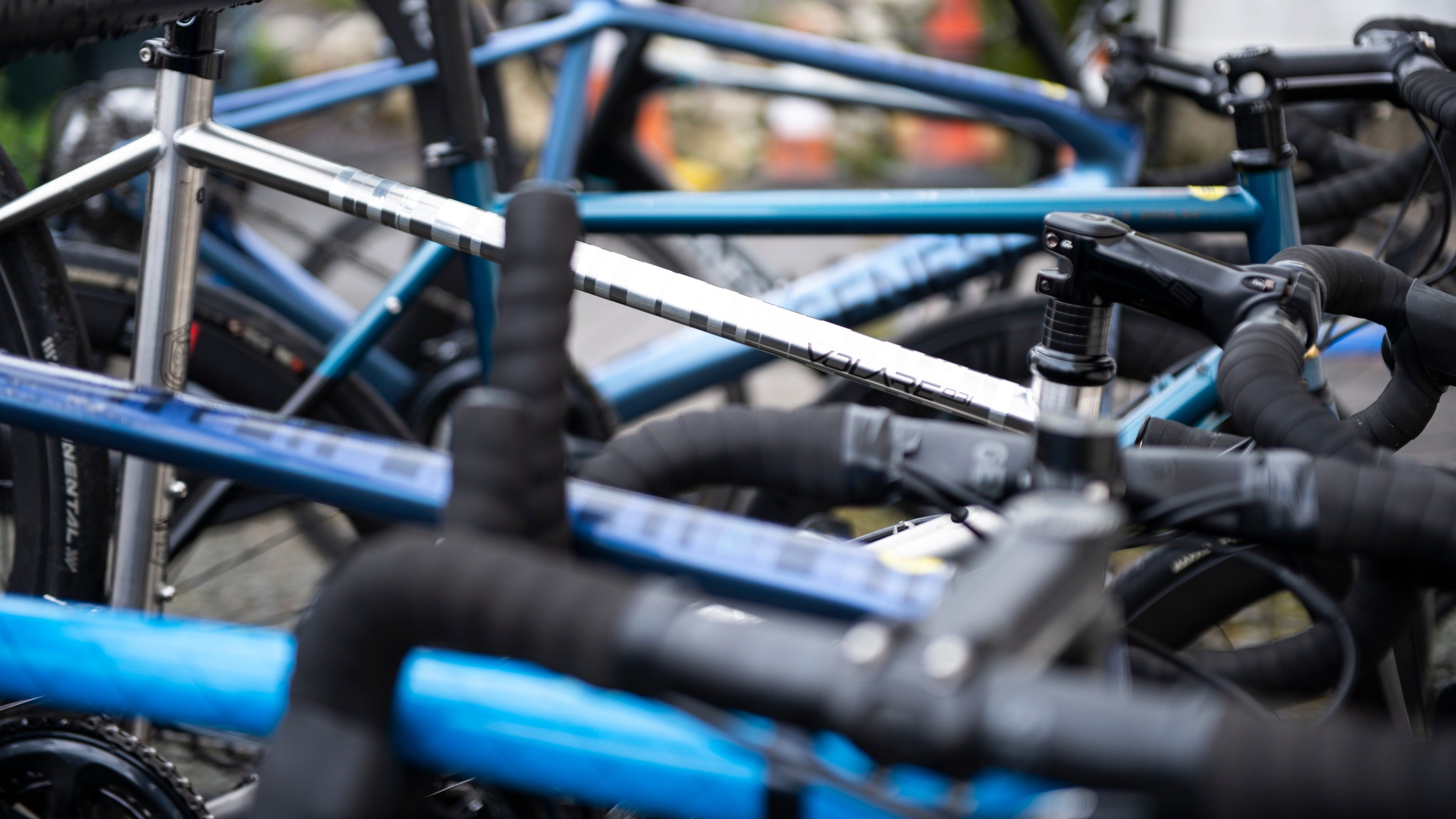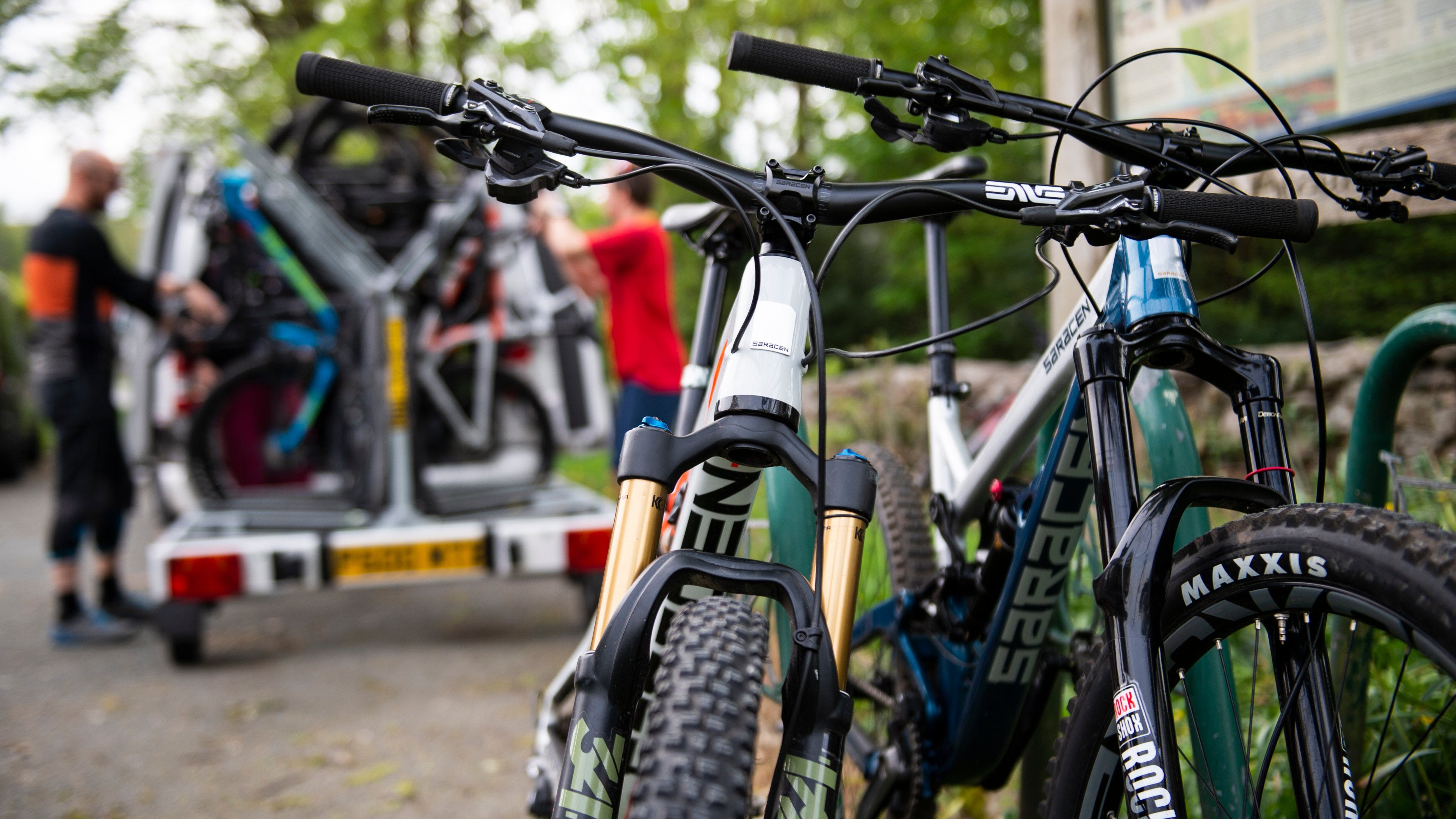Five ways to customise your bike
The parts and components that come on your bike might not be the best for the way you ride. Here's our guide to making sure your bike works for you.

Anyone who’s bought a complete bike knows that what comes on that bike is what comes on that bike. There’s almost no negotiation for changing parts on a stock bike and a lot of riders - especially newer riders - will get out and ride their new bike without considering whether the setup is actually right for them.
Bikes are like most things; one size doesn’t fit all. There are a whole bunch of things you can change on a stock bike to make it fit you better, and a lot of these are thing that you may have never considered changing.
If you’re lucky enough to have ever had a bike fit then you’ll probably have a decent idea of what works best, but if you haven’t, here are a few things to think about on the bike and changing one or two of them could genuinely make a difference to the way you ride.

Cassette/Chainrings
Back in the day the default size for chainrings on a road bike was 53/39 and the default for a cassette was 11-23. For pros, that was great, because they have the engines needed to push big gears for hours on end. For the rest of us, that’s not so good because it’s a pretty unforgiving gearing range, especially if you live somewhere hilly.
It’s a bit better if you’re buying a mountain bike, because most MTBs are designed with a generous range of gearing in mind - one that you need if you’re riding off-road. If you’re buying a city bike or a hybrid then that’s even better because they’re actually designed to have a range of gearing that won’t overtax the rider.
But that leaves road riders, and traditionally in a sport where suffering is revered, it’s not cool to have small chainrings and a big cassette. This is nonsense. On most modern Shimano-equipped road bikes, there are three chainring options at the front: 53/39, 52/36 and 50/34. Those numbers refer to the number of teeth on each of the two chainrings. Where most bikes used to come with a 53/39 as standard, these days the ‘pro compact’ 52/36 is more popular. That’s better, because that difference between the 39 and 36 small rings in particular is really noticeable if you’re riding uphill. But if you do a lot of climbing then a compact 50/34 is also worth considering, or if you just don’t have a riding style that lends itself to pushing big gears.
Cassettes have gotten even better than chainrings over the last few years, with everything up to 11-34 being accepted by road rear derailleurs now. If you pair up that 34t front ring with an 11-34 cassette then your smallest gear is a 1:1 ratio, which is very generous when it comes to riding uphill.
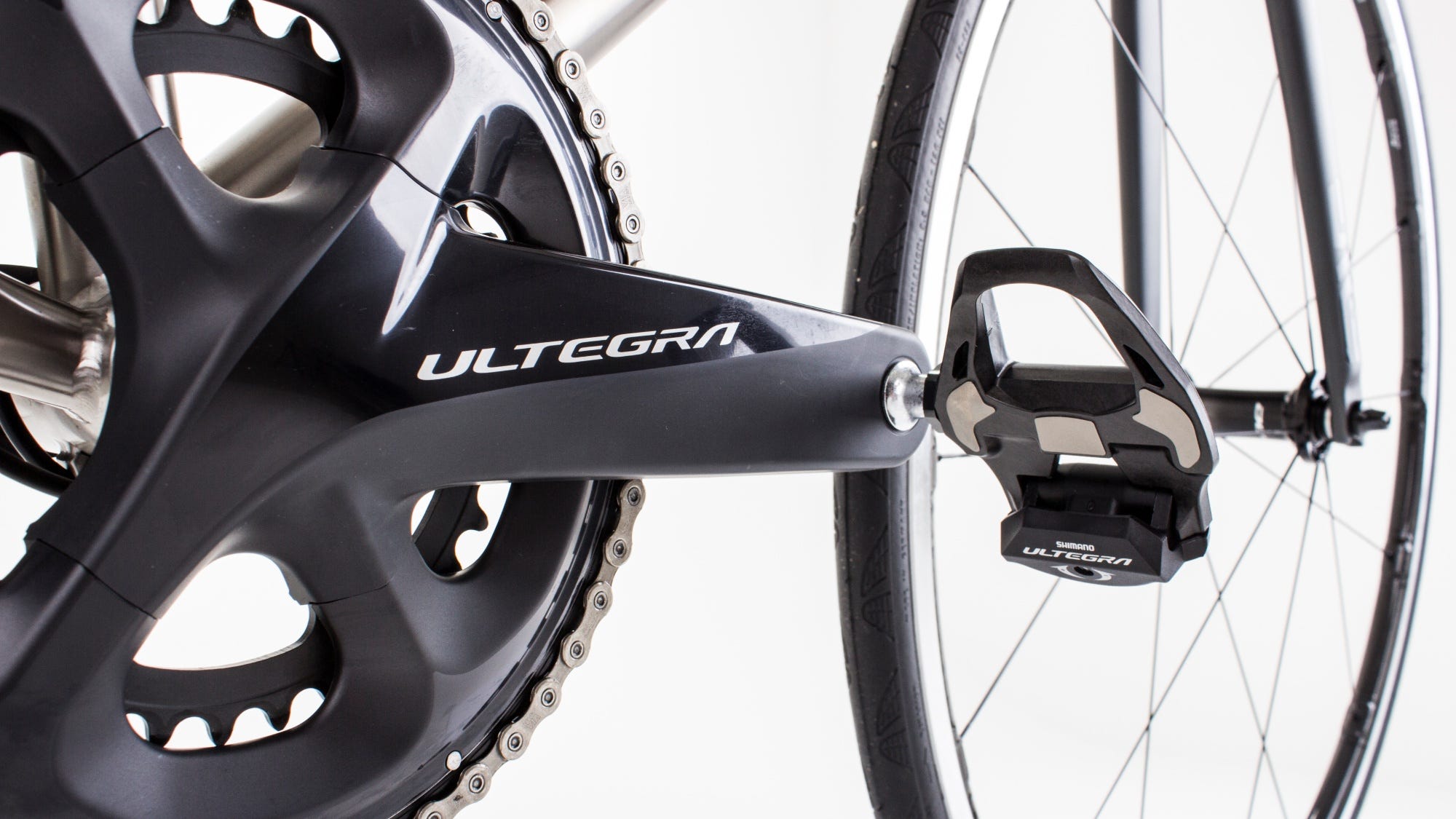
Crank length
While crank length might not seem all that important, it does make a noticeable difference to a bike. First of all, even though saddle height is measured from the centre of the bottom bracket to the top of the saddle, crank length will effect how extended your leg is at the bottom of the pedal stroke and that can change how you pedal, where you sit on the saddle and ultimately how comfortable you are.
For the most part, what crank length your bike has will depend on what size it is. The ‘average sizes’ like a 54 usually come with 172.5mm cranks, while the larger sizes might have 175mm and the ‘small or ladies’ now have 165mm as an option. But as any bike fitter will tell you, crank length is related far more closely to leg length and dimensions than height so just because you’re 5’10” doesn’t necessarily mean you need 172.5mm cranks.
The very best way to figure out crank length (and saddle type, stem length and bar width) is to have a bike fit. A service like the one from bikefitting.com can make a real difference to your performance and comfort on the bike and is well worth checking out.

Saddle
Your saddle is one of the most important parts of the bike when it comes to comfort. There are more varieties of saddle on the market now than ever before, some are flat, some have cut outs, other have channels down the middle, there are long saddles, short saddles, padded saddles, carbon saddles - the choice is almost endless.
But again, so many people just use the saddle that came with their bike and if they’re having no comfort issues then that’s fine. But if you find yourself experiencing discomfort when you ride then it’s worth thinking about trying something else. Quite a few shops have demo saddles that you can try, and if you have a bike fit most bike fitting studios will have a whole range of saddles that they can attach to the fitting rig for you to try out too.
If you do try out a saddle, use it either on your own bike or a bike with the same fit and use the shorts you ride it. Don’t try it without your bike shorts on - you wouldn’t judge an MTB by how it feels riding down a road so don’t judge a saddle unless you’re using it in the way you would when you’re out riding.

Handlebar width, reach, drop and rise
If you’re a racer then there’s a chance you’ve though out handlebar width a bit obsessively at some point. If you’re not, then it may have never occurred to you. Bar width varies depending on what sort of bike you ride. For the most part, a mountain bike will have pretty wide bars which work for the manoeuvrability needed at the front end and the reasonably upright riding position. road bikes, on the other hand, will mostly have narrow bars that just like crank length, mostly vary on stock bikes according to frame size.
For mountain bikers, bar width choice comes with one other permutation: rise. Bar rise is essentially how high the ends of the bar are compared to the clamping section where it meets the stem. What suits you will most likely be a matter of trial and error, but when you find something you like then you'll probably stick with it.
As ever, roadies (and now gravel riders) have made their lives a lot more difficult. On a drop bar not only is there bar width to think about but also reach (how far the drops protrude forward from the centre of the bar) and drop (how deep the curves of the bar drop below). To hugely over simplify things, if you want a bar with longer reach of deeper drop then you'll need to be more flexible to accommodate that riding position. If you're starting out, choosing a bar with shorter reach and a shallower drop can get you used to riding that way before you look to change things in future.

Stem length
This is another place where road bikes and MTBs vary heavily. On an MTB you generally have a short stem - from reasonably short on an XC race bike to almost non-existent on trail bikes and that’s because, in very general terms, the longer the stem, the more a bike’s handling will be dulled.
On road bikes it’s not quite so bad, largely because the amount of actual bar turning on a road bike is negligible as most of your turning is done by leaning into the corners rather than moving the bars to any significant extent. You'll often see pro riders with huge stems (some even ride 140 or 150mm) and that's because a lot of pros want an ultra-aggressive position and will use a smaller frame size to achieve it. That's great, and they're pros so they know what they're doing. You don't need to look pro, you need to be comfortable so choose a stem that works for you - not one that makes your bike look cool but your back feel awful.

